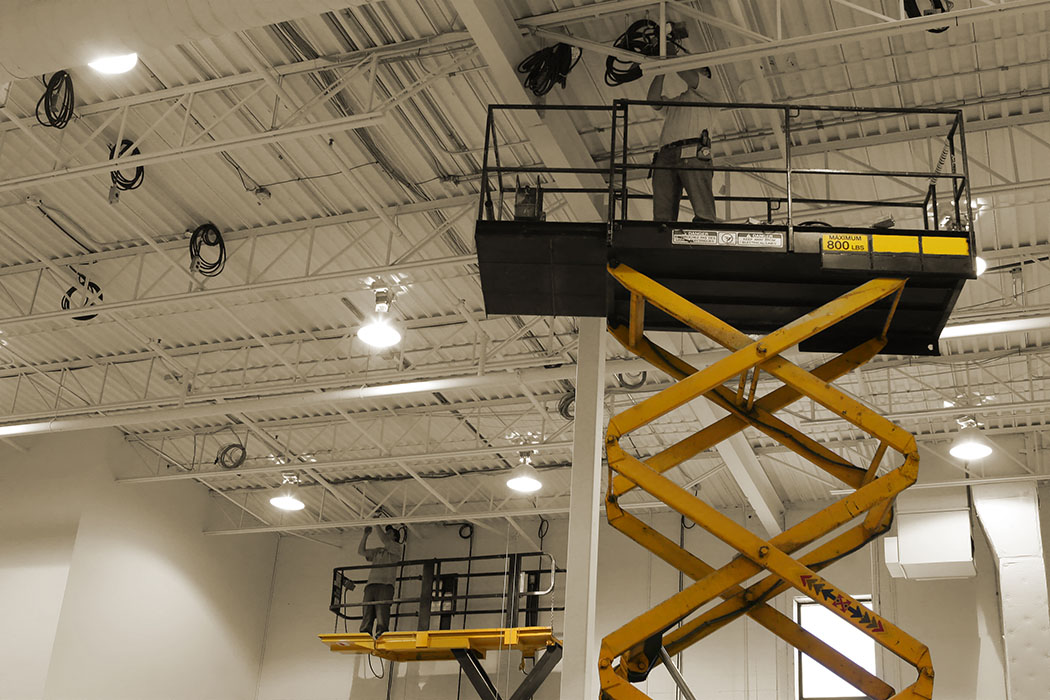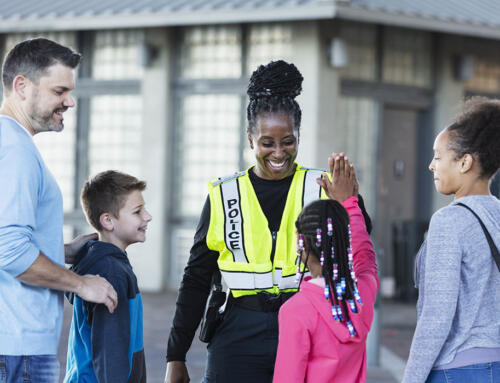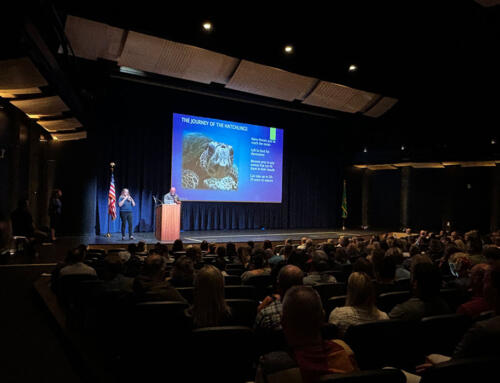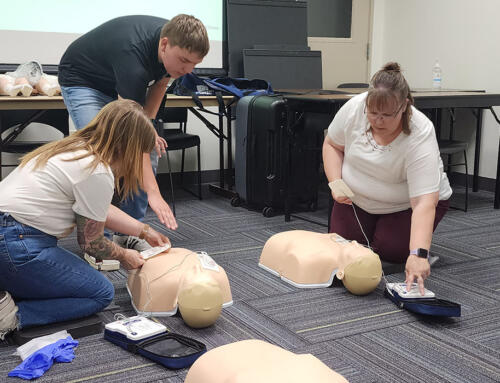Scissor lifts provide a safe and reliable platform for workers to perform job tasks when used according to the manufacturer’s instructions. When not used properly, scissor lifts can present a serious hazard to workers. Last month an Oregon school district maintenance worker died after the scissor lift he was on tipped over while he was painting the building.
Employers need to assess the worksite to identify all possible hazards in order to select the appropriate equipment for the task. Only trained workers should be allowed to use scissor lifts, and employers should make sure that those workers show that they can use a scissor lift properly. Safe scissor lift use includes properly maintaining the equipment, following the manufacturer’s instructions, providing workers training and implementing safe work practices.
Employers who use scissor lifts need to evaluate and implement effective controls that address fall protection, stabilization and positioning. Falls from elevated equipment is one cause of employee injury. To prevent accidental falls follow these safety tips:
- Scissor lifts must have guardrails to prevent operators from falling out of the platform
- Workers must stand only on the platform, and not on the guardrails
- Workers should keep the work within easy reach to avoid having to lean away from the scissor lift
- Scissor lift workers are not required to have body harnesses and lanyards when guardrails are present. However if the lift has anchorage points installed, employees can choose to wear a harness and lanyard
Making sure scissor lifts are stable is the key to preventing tip overs and collapses. Stabilize the lift using the following tips:
- Follow all manufacturer’s instructions for moving on a scissor lift safely
- Make sure the scissor lift is not close to traffic or other equipment that can come into contact with the lift
- Position the scissor lift on solid, stable ground away from drop-offs, holes, bumps, slopes, and debris
- Only use scissor lifts in good weather conditions and not high winds
- Never exceed weight or height limits
Proper positioning of a scissor lift will help prevent crushing and electrocution accidents. Workers both on and near a scissor lift are at risk for crushing hazards, which can happen when a moving scissor lift is near a fixed object, a scissor lift is close to moving vehicles or when a scissor lift passes underneath a fixed object. Electrocutions can happen to workers on the platform who are near power lines, even if neither the lift nor the worker encounters a live line. Scissor lift workers can prevent electrocutions and crushed-by accidents with the following safety tips:
- Position the scissor lift at least ten feet away from power lines to avoid electrocution
- Use traffic control measures to separate the scissor lift from other workers or vehicles
- Use ground guides around the scissor lift in the work zone
- Ensure your overhead is clear of electrical wires and other fixed objects
Employers are required to provide workers training on how to operate scissor lifts safely. If you rent a scissor lift for occasional use, ask the rental company to provide training to your employees. Training should consist of the following instructions at the minimum:
- How to understand the manufacturer’s instructions for operating a scissor lift while in the raised position and while traveling
- How to handle materials on the scissor lift, and be aware of the weight limitations
- What worksite hazards to look for and how to avoid them
- How to report any equipment defects or maintenance needs
Scissor lift safety rules and training will help prevent accidents and reduce the number of injuries and fatalities that occur in the worksite. It is each worker’s responsibility to perform their own inspections to confirm their safety.





 ESD 112 equalizes educational opportunities for learning communities through innovative partnerships, responsive leadership, and exceptional programs.
ESD 112 equalizes educational opportunities for learning communities through innovative partnerships, responsive leadership, and exceptional programs.